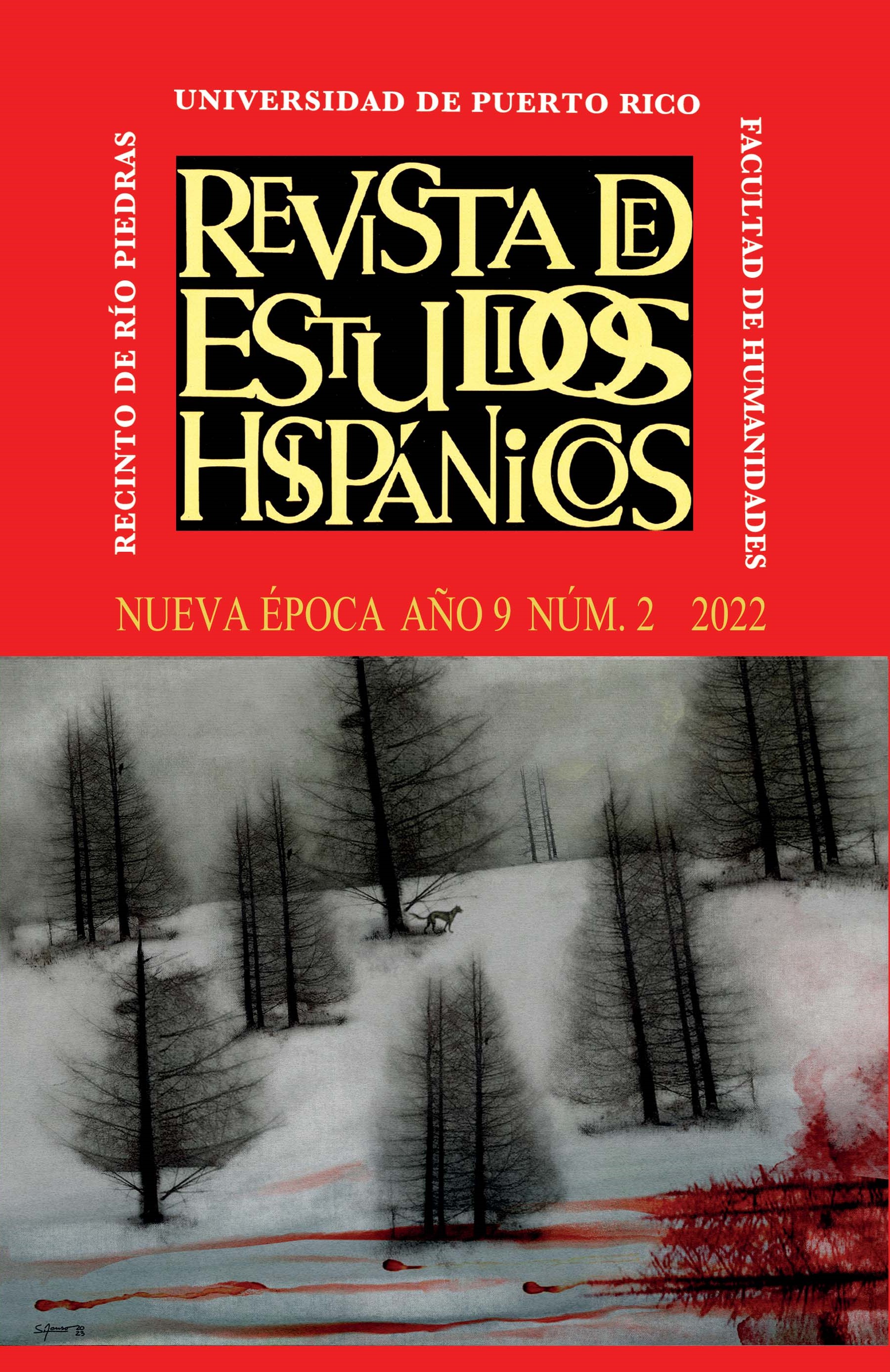Abstract
The aesthetics of postmodern Latin American eerie narratives such as Fever Dream (2014) by the daring contemporary Argentinean writer, Samanta Schweblin, materializes the environmental horror genre on a hyperreal terrifying tale about the toxic uncanny in transgenetic soy fields in a rural town. This short novel stages a performative montage, disturbing delusions, moving transtemporal scenes, and an unstable dialogic narrative between dying and ghostly spectral characters. This essay approaches the performative montage as a structural device of the environmental horror narrative engaging the reader-spectator on a speculative interpretation while listening a whispered audio-narration moving back and forth through unstable narrative segments in pursuit of "the exact moment of intoxication." In Samanta Schweblin's writing, the performative montage where a poisoned dying mother remembers eerie and hyperreal recent events coerced by a ghostly transmigrated boy, unfolds an unsuspected vanishing point which redefines "the haunting rescue distance" from her daughter in an environmental horror narrative.

This work is licensed under a Creative Commons Attribution-NonCommercial 4.0 International License.

